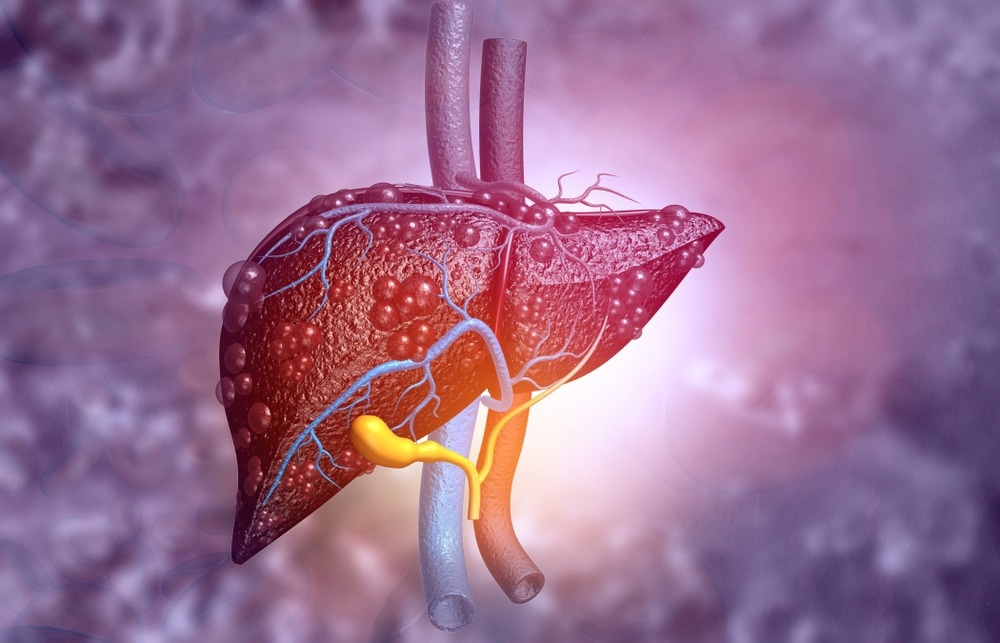HCC is a complex and heterogeneous disease with a high incidence and mortality rate, and a lack of effective treatment options. Therefore, it is imperative to understand the mechanisms behind the development of HCC to develop new treatment strategies.

Circular RNAs (circRNAs) are a type of RNA that form a closed loop structure, and they have recently emerged as key regulators of gene expression. Studies have shown that circRNAs play important roles in the development and progression of various cancers, including HCC. However, the mechanism underlying the involvement of circRNAs in cancer development is still poorly understood.
To investigate the role of circ_0000517 in HCC development, researchers collected 45 paired tumor and adjacent nontumor samples from HCC patients. They found that circ_0000517 expression was elevated in both HCC tissues and cell lines. The researchers then assessed the effects of circ_0000517 knockdown on HCC cell viability, colony formation, migration, invasion, and glycolysis.
They found that circ_0000517 knockdown significantly suppressed HCC cell viability, colony formation, migration, invasion, and glycolysis. Dual-luciferase reporter analysis revealed that circ_0000517 functions as a miR-326 sponge, inhibiting its activity. miR-326 knockdown reversed the effect of circ_0000517 silence on HCC development. Overexpression of miR-326 inhibited HCC development through targeting IGF1R.
Furthermore, circ_0000517 knockdown decreased IGF1R expression by modulating miR-326. In vivo experiments using a xenograft model showed that circ_0000517 downregulation reduced xenograft tumor growth. These results demonstrate that circ_0000517 knockdown repressed HCC development in vitro and in vivo by modulating miR-326 and IGF1R.
The research was carried out by a team of scientists from Foregene Co., Ltd. Foregene Co., Ltd. is a company specialized in the production and services of molecular biology lab reagents and IVD kits. They are integrated in R&D, production, and marketing, and have the world's leading Direct PCR platform, double-column RNA isolation platform, and DNA-only silica membrane platform.
This research has important implications for the future treatment of HCC. The identification of circ_0000517 as a regulator of HCC development opens up new avenues for the development of targeted therapies. Therapeutic interventions that target circ_0000517 and its downstream targets, miR-326 and IGF1R, may provide an effective treatment option for patients with HCC.
In conclusion, this study sheds light on the role of circ_0000517 in HCC development and provides a novel mechanism for the regulation of HCC. The research findings have significant implications for future research into the development of targeted therapeutics for the treatment of HCC.